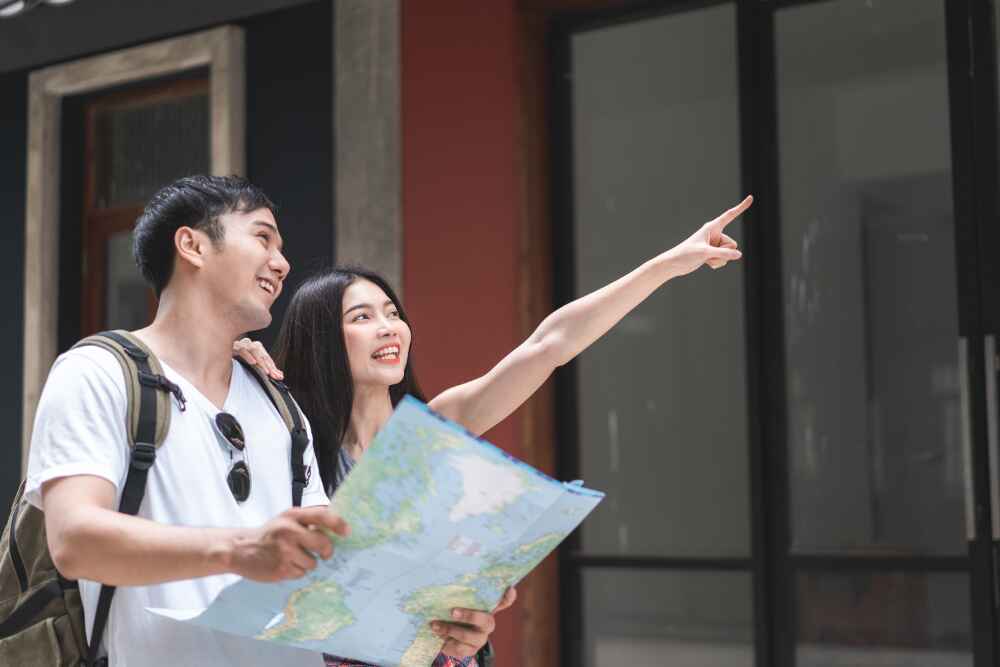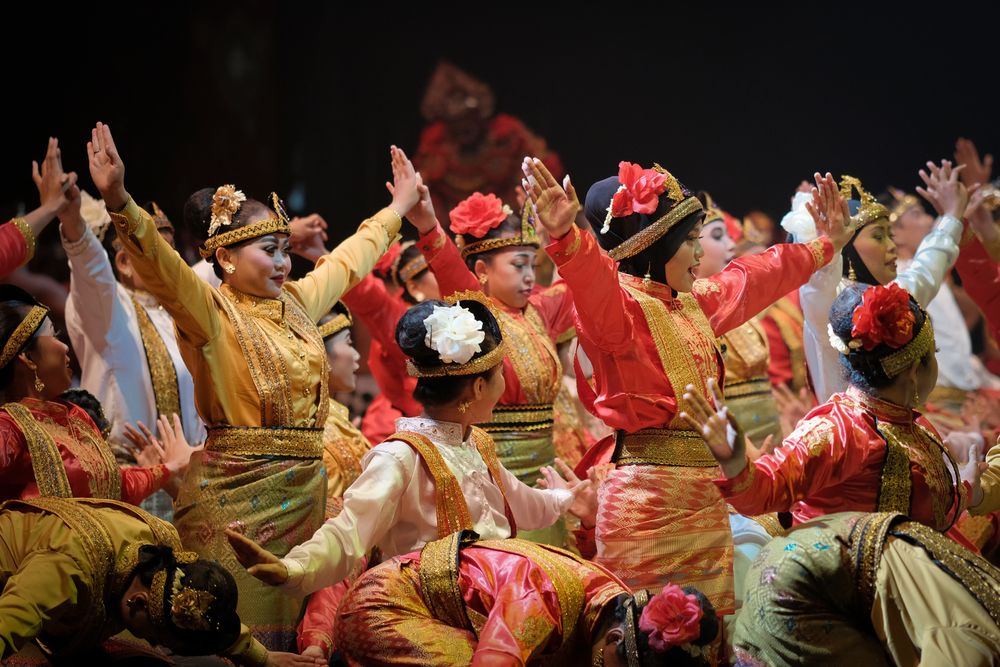Nicknamed the 'Dance of a Thousand Hands', every hand stroke, body movement, and head movement in Saman Dance holds a story of proselytization, togetherness, and love for the Gayo Land in Aceh.
So, what exactly makes this dance so special? Let's explore the hidden meaning behind the harmonious movements and sounds of Saman Dance.
Born in Gayo, Growing with Da'wah
The Saman dance originated in the Gayo highlands, located in Central Aceh, an area surrounded by calm mountainous nature and a religious society.
In its development, Saman Dance is not only entertainment, but also an effective proselytizing tool in the community.
The existence of Saman Dance as a medium for da'wah is inseparable from the role of a Gayo scholar named Sheikh Saman. It is said that in the 14th century, Sheikh Saman developed a folk game known as Tepuk Abe.
Later, Tepuk Abe was modified by inserting verses of praise to Allah and became a way for Sheikh Saman to broadcast the good messages of Islam.
From one village to another, Saman Dance continues to be played and passed down from generation to generation. Until now, the spiritual and social values of Saman Dance are still alive in every performance.
Harmony of Movement, Sound, and Soul of Saman Dance
Known as the dance of a thousand hands, Saman Dance is famous for its compact blend of hand, body, and head movements accompanied by tambourine beats and singers.
In the performance, the audience not only enjoys visual beauty but also feels the energy and cohesiveness that flows from each dancer.
The characteristic of Saman Dance lies in its fast rhythm and precise synchronization. The dancers will sit in tight rows, shoulders meeting shoulders, creating one solid line. They tap their chests, thighs, and the floor in an increasing tempo.
Although there is musical accompaniment, the dancer's voice is usually the main instrument. The poems that are chanted contain religious messages, advice, and social satire.
Another uniqueness is that Saman Dance is performed by men, although now there are also those played by women and are known as 'Ratoeh Jaroe' dances.
But you know what? The key to the appearance of Saman Dance always looks neat and precise; it lies in the odd number of dancers.
In addition, in one performance, it will usually be led by one person who is called a 'lifter' and is in charge of giving commands for changes in tempo and movement.
All of this creates a unity between movement and sound that is so alive that you will be mesmerized when you watch it.
A Collection of Beautiful Moves and Stories

Every movement in Saman Dance is not only beautiful to look at, but also full of meaning. In one performance, you can find a series of movements that describe joy, the spirit of struggle, and cohesiveness.
The meaning of Saman dance movements cannot be separated from the values that live in Gayo society. When the hands pat the chest, the head turns to the right and left, which reflects a response to nature, social life, and belief in God.
Harmonious movements also symbolize solidarity, where in life, humans cannot walk alone, but must be together in one rhythm.
Through their body movements, dancers also tell stories about how Gayo people live side by side with nature, uphold the value of togetherness, and make religion an axis in every aspect of life.
That is the uniqueness and philosophy of Saman Dance, which miraculously can convey so many life messages in one performance.
How to Watch the Beauty of Saman Dance in the Land of Aceh
Saman dance is not just a cultural heritage, but an experience that should be witnessed first-hand in its place of origin, in the Land of Gayo. The Gayo people proudly perform this dance in various traditional events, celebrations, and cultural festivals.
Some areas, such as Takengon in Central Aceh and Gayo Lues are the main centers of authentic Saman Dance performances.
Getting to Takengon, Central Aceh.
From Banda Aceh, you can travel by road for about 8-9 hours by car or bus to Takengon.
Alternatively, you can use the airplane and start the journey from Kualanamu Airport, Medan to Rembele Airport, Takengon. But keep in mind, for now flights using airplanes are only available every Thursday.
- Kualanamu-Rembele every Thursday at 09.45-10.50 with a ticket price of around Rp560,000
- Rembele-Kualanamu every Thursday at 11.00-12.05 with a ticket price of around Rp450,000
Getting to Gayo Lues
Traveling to Gayo Lues can be done overland by car from Medan (North Sumatra) for 10-12 hours, or from Takengon for around 5-6 hours.
Alternatively, you can also fly from Kualanamu Airport in Medan or Sultan Iskandar Muda Airport in Aceh to Blangkejeren Airport in Gayo Lues. Here is the flight schedule.
- Tuesday Flights
Kualanamu-Blangkejeren at 07.15-08.00 with a ticket price of around Rp450,000
Blangkejeren-Kualanamu at 14.20-15.05 with ticket price around Rp340,000
Sultan Iskandar Muda-Blangkejeren at 13.00-14.08 with ticket prices around
Rp575,000.
Blangkejeren-Sultan Iskandar Muda at 08.10-09.18 with a ticket price of around Rp480,000.
- Friday Flights.
Kualanamu-Blangkejeren at 07.15-08.00 with a ticket price of around Rp450,000
Blangkejeren-Kualanamu at 12.30-13.15 with ticket price around Rp340,000
Sultan Iskandar Muda-Blangkejeren at 11.10-12.18 with ticket prices around
Rp575,000.
Blangkejeren-Sultan Iskandar Muda at 08.10-09.18 with ticket price around Rp480,000.
The journey to witness Saman Dance in the land of Aceh may not be short, but witnessing Saman Dance in the land of its birth will be an amazing and unforgettable experience.
Time to Set Foot in the Land of Gayo
There is no more powerful way to understand the meaning of Saman Dance than to witness it first-hand in its homeland. In Tanah Gayo, this dance is not only learned, but lived as part of tradition and daily life.
The cool mountain atmosphere, the warm welcome of the people, and the thick cultural nuances are ready to welcome you if you come to set foot here.
So, what are you waiting for? Gayo is calling you to experience the pulse of life with its soul-stirring dances and unforgettable experiences.








